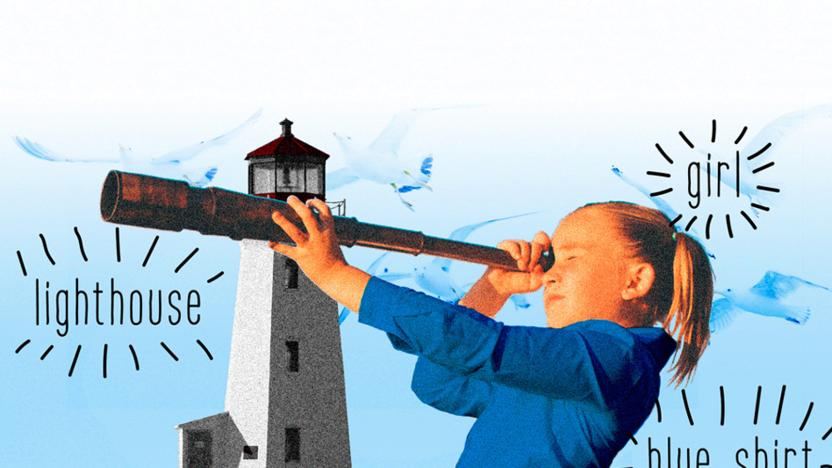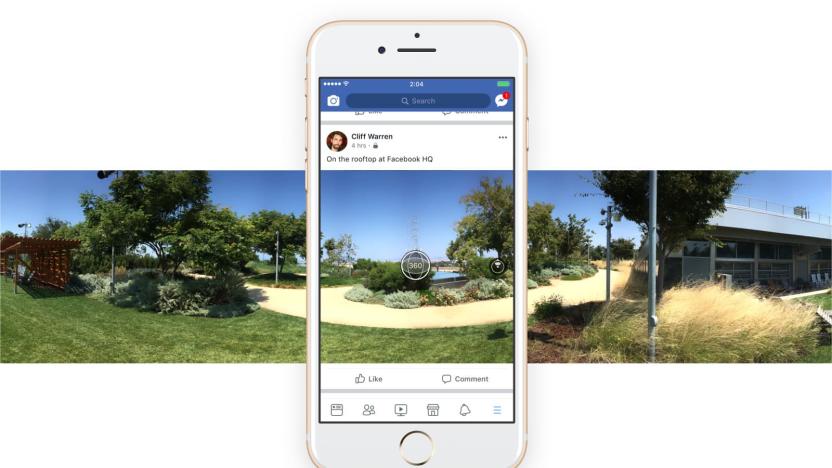convolutionalneuralnetwork
Latest

AI can identify objects based on verbal descriptions
Modern speech recognition is clunky and often requires massive amounts of annotations and transcriptions to help understand what you're referencing. There might, however, be a more natural way: teaching the algorithms to recognize things much like you would a child. Scientists have devised a machine learning system that can identify objects in a scene based on their description. Point out a blue shirt in an image, for example, and it can highlight the clothing without any transcriptions involved.

DroNet's neural network teaches UAVs to navigate city streets
Scientists from ETH Zurich are training drones how to navigate city streets by having them study things that already know how: cars and bicycles. The software being used is called DroNet, and it's a convolutional neural network. Meaning, it learns to fly and navigate by flying and navigating. The scientists collected their own training data by strapping GoPros to cars and bikes, and rode around Zurich in addition to tapping publicly available videos on Github. So far, the drones have learned enough to not cross into oncoming traffic and to avoid obstacles like traffic pylons and pedestrians.

Facebook will use AI to help correct skewed 360-degree photos
Ever since Facebook added 360-degree photos to your news feed last year, more and more images of this type have appeared. You can even take and share these full-circle images right from your mobile device, as well, making them even more ubiquitous. Finding them is even easier with Facebook's Gear VR app, too. As reported by VentureBeat, the social network is now using deep neural networks to analyze 360-degree photos to fix the image orientation for a better viewing experience, especially in VR.

Microsoft's imaging tech is (sometimes) better than you at spotting objects
Many computer vision projects struggle to mimic what people can achieve, but Microsoft Research thinks that its technology might have already trumped humanity... to a degree, that is. The company has published results showing that its neural network technology made fewer mistakes recognizing objects than humans in an ImageNet challenge, slipping up on 4.94 percent of pictures versus 5.1 percent for humans. One of the keys was a "parametric rectified linear unit" function (try saying that three times fast) that improves accuracy without any real hit to processing performance.

Computers can now describe images using language you'd understand
Software can now easily spot objects in images, but it can't always describe those objects well; "short man with horse" not only sounds awkward, it doesn't reveal what's really going on. That's where a computer vision breakthrough from Google and Stanford University might come into play. Their system combines two neural networks, one for image recognition and another for natural language processing, to describe a whole scene using phrases. The program needs to be trained with captioned images, but it produces much more intelligible output than you'd get by picking out individual items. Instead of simply noting that there's a motorcycle and a person in a photo, the software can tell that this person is riding a motorcycle down a dirt road. The software is also roughly twice as accurate at labeling previously unseen objects when compared to earlier algorithms, since it's better at recognizing patterns.


